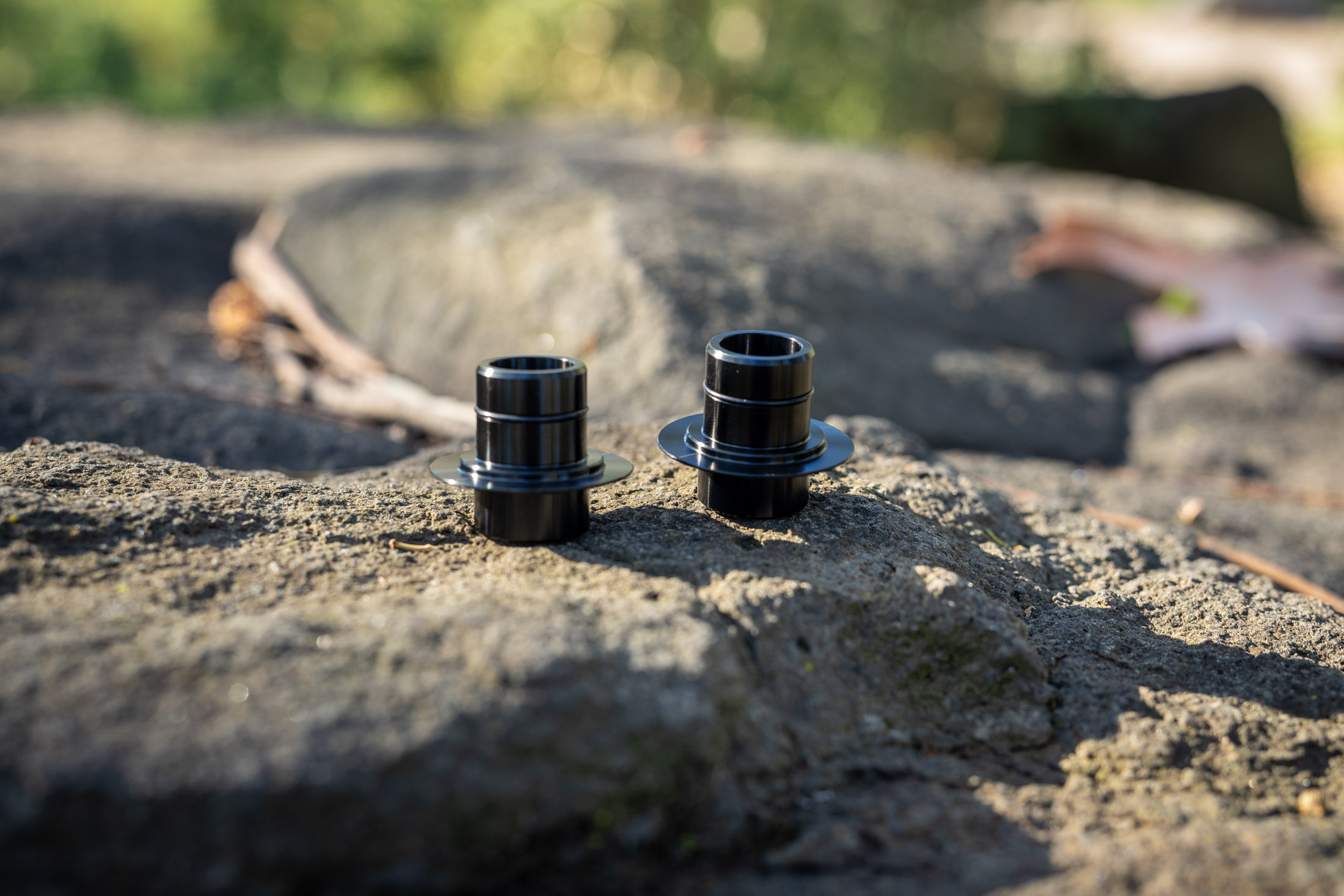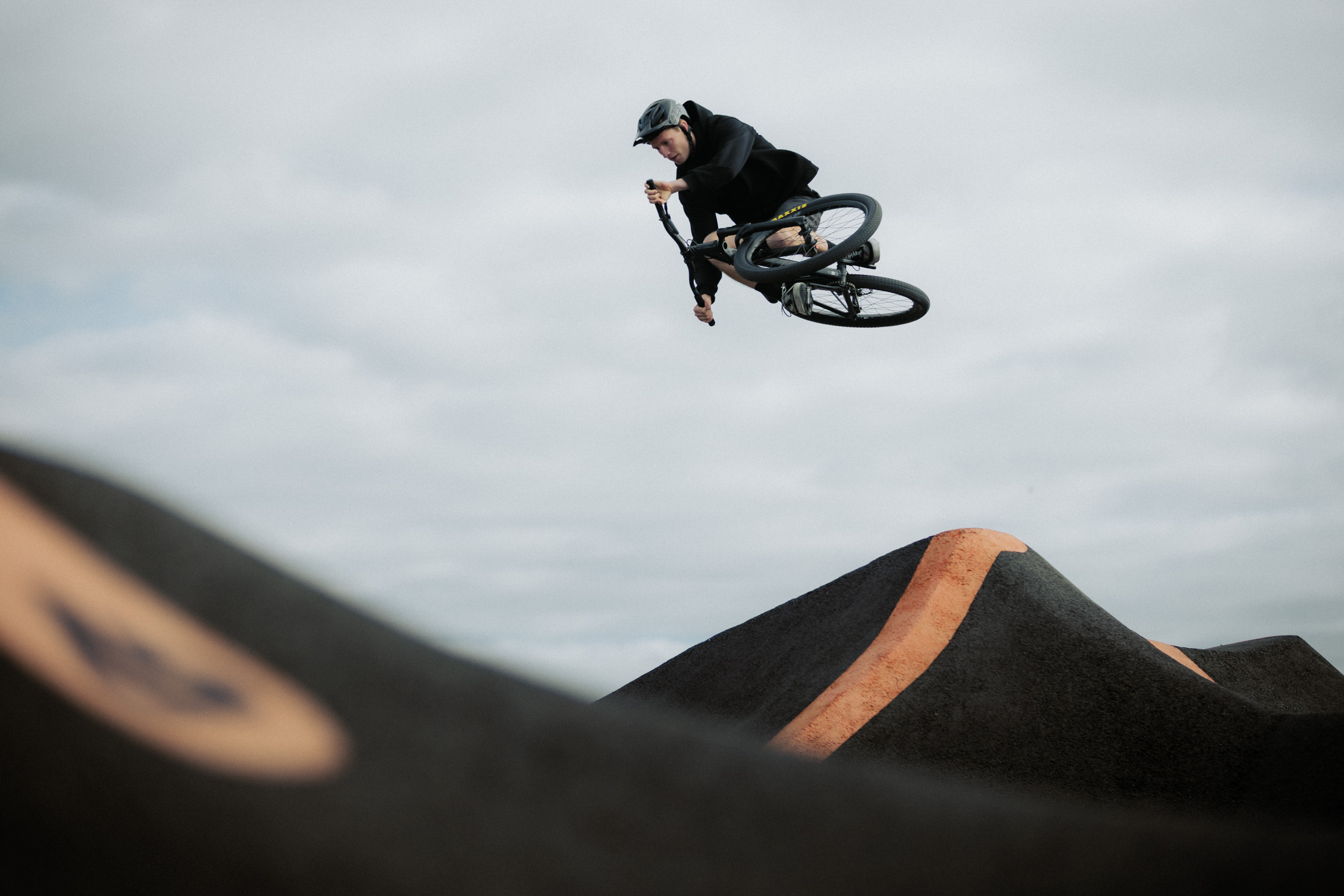Picture early 20th-century France: dusty roads, fewer than 3,000 cars in total, and a country where hitting the highway was a daring adventure. Enter brothers André and Édouard Michelin – tire manufacturers with a dream.In 1900, they launched the Guide Michelin, a complimentary handbook packed with maps, repair tips, and places to rest or dine. It was a clever ploy to encourage travel and tire wear.However, to everyone’s surprise and delight – the guide quickly found a new purpose: enhancing gastronomic exploration.

In 1926, Michelin introduced a single star for “fine dining,” and by 1931, fleshed this out into the familiar one–two–three star system – laying the groundwork for culinary prestige.Here’s how the Michelin brothers transformed a humble tire company’s pamphlet into the global authority on culinary excellence.Let’s take a trip down that delicious journey!
From a motorist’s manual to a cultural icon: The becoming
What started as an unlikely venture of a tire company changed the course of how people tasted and praised meals. In 1889, the Michelin brothers founded their tire company in Clermont-Ferrand. As automobiles slowly began appearing on French roads – fewer than 3,000 nationwide – the brothers recognized a business opportunity. They created a guidebook with maps, garage listings, tire-repair advice, and hotel and restaurant suggestions to entice drivers to travel – and wear out tires faster.The inaugural edition appeared in 1900. Over 35,000 copies of this complimentary guide were distributed – fuel for the infant auto industry.

Legend has it that, somewhere along the line, guides were repurposed to support mechanics’ workbenches. Moved by this realization, Michelin began charging a modest seven francs in 1920. As the saying goes, “people truly respect what they pay for.”
From maps to meals: Emphasizing restaurants
Initially, restaurant listings played a minor role. But by the 1920s, Michelin noticed that diners prized culinary guidance the most. They decided to run the guide ad-free, add detailed restaurant categories, and recruit anonymous inspectors – paid diners tasked with assessing establishments impartially.

1920–1931: The stars were born
As the guide gained credibility, its restaurant section began to attract more attention. Michelin hired anonymous inspectors to dine incognito, providing impartial evaluations.In 1926, they introduced the first star: a single indication of “fine dining.” This simple star sent shockwaves through the culinary world – it wasn’t just a meal; it was recognition.Only five years later, in 1931, came the now-iconic three-tiered hierarchy:One star: “Very good restaurant in its category.”Two stars: “Excellent cooking, worth a detour.”Three stars: “Exceptional cuisine, worth a special journey.” That year also saw the guide donning its signature red cover, emblematic of its transformation into a hallmark of luxury.

The secret sauce behind the shining stars
What makes a Michelin star so coveted?Inspection standards: Inspectors remain anonymous, pay their own bills, and return multiple times to ensure consistency. Judging hinges on five core factors: ingredient quality, cooking technique, chef’s personality, value, and consistency.Credibility through anonymity: This covert evaluation builds trust. Michelin’s unswerving standards – undeclared visits, tab payment, and no decor bias – promote fairness and respect, even among the elite chefs being reviewed.Influence and pressure: Stars carry enormous weight. Gaining one can make a chef overnight; losing it can devastate careers. The tragic case of Bernard Loiseau, who died amid rumors of losing a third star, sparked debate about the psychological toll of Michelin’s influence.

Going global, gastronomically
Beyond France: Global expansion and modern adaptationsPost-World War II, guide production resumed, helping rejuvenate travel and hospitality. From the 1950s onward, the Michelin Guide went global – Italy in 1956; from the 2000s, it jumped continents to New York (2005), Tokyo (2007), and Hong Kong (2009). Today, it spans over 40 countries and evaluates more than 30,000 establishments.Michelin also introduced the Bib Gourmand in 1997, recognizing restaurants that deliver excellent food without the indulgence of stars, making the guide more inclusive.
The dark side of the moon: The star’s shadow
With prestige came pressure. Michelin recognition can be transformative – reservations soar, global acclaim follows. Yet, it also comes with pressure. Stars opened doors – and shut them. Chefs felt immense stress to maintain standards. In 2003, tragic rumors linked the suicide of Bernard Loiseau to the fear of losing a third star. Some chefs even returned stars voluntarily, rejecting the intense scrutiny.Critics have also accused Michelin of promoting elitism and sidelining regional authenticity in favor of conformity.

The hall of fame
Eugénie Brazier – Six-Star Pioneer: In 1933, Lyonnaise chef Eugénie Brazier became the first person to hold six Michelin stars – three for each of her two restaurants – a feat that stood unparalleled until Alain Ducasse in 1998.Brazier and Marie Bourgeois became the first three-star female chefs, featured in the 1933 edition.The 1939 guide was even repurposed by Allied forces for its reliable maps during D-Day.The guide has embraced diverse talents. Vegan chef Claire Vallée earned her star, and Lung King Heen became the first Chinese restaurant to ever receive three stars.
From tires to tastemakers: The lasting (and tasty) legacy

What began as a marketing gimmick morphed into an authority in fine dining. The Michelin star system, born from a desire to prompt travel and rooted in delicious discovery, has reshaped global dining in the 20th and 21st centuries. Michelin’s guide restructured food culture, blending rigorous evaluation with the romance of travel. It launched restaurant empires, invented celebrity chefs, and extended gastronomic frontiers. Today, its stars guide diners across continents, inspire chefs to new heights, and maintain strict standards from invisible tables behind kitchen doors. To this day, the Michelin Star system remains a marvel of corporate creativity and cultural transformation. Alberto Pic’s 3-star valuation, Mère Brazier’s pioneering tenure, and Loiseau’s tragic story – all serve as testament to this fascinating pivot from industrial marketing to gastronomical reverence. From humble tire guides propping up mechanics’ benches to red books held by gourmands worldwide – the Michelin journey is a testament to transformation, taste, and tenacity in the pursuit of excellence.













